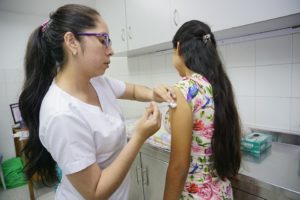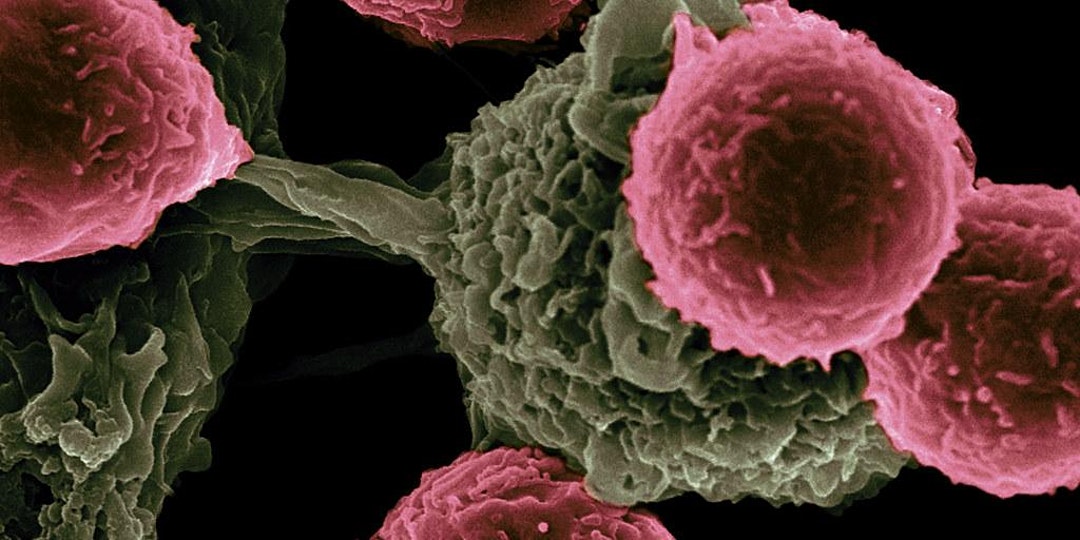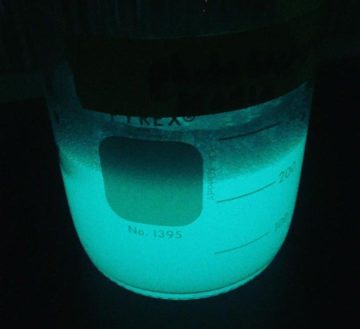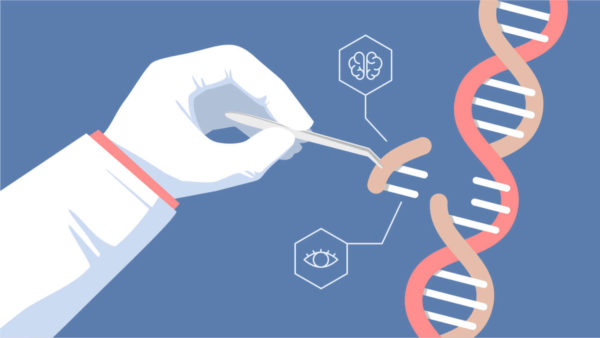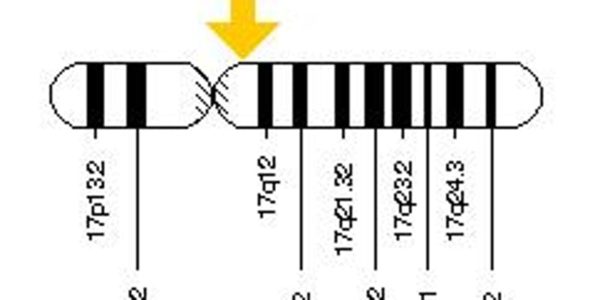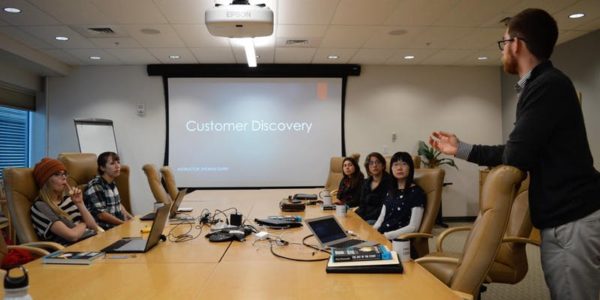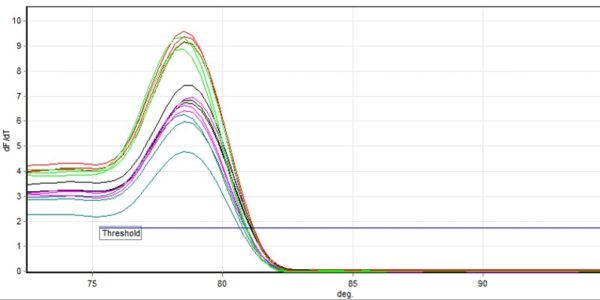With over ten million people worldwide estimated to be suffering from Parkinson’s disease (PD), sadly, all of us know someone whose life has been touched by PD. One in 100 people over 60 are diagnosed with Parkinson’s, and this does not even account for the tens of thousands of younger adults and children.
PD is a neurodegenerative disorder, meaning the symptoms we see are caused by the death of neurons in a part of the nervous system. In the case of PD, this area includes the substantia nigra, a section in the brain stem known for its darkened color caused by the presence of neurons that mainly produce dopamine, a neurotransmitter, and hormone known for giving a feeling of happiness, joy, and satisfaction.
In Parkinson’s, the degeneration of these nerve cells, in combination with those in the cerebellum, causes a variety of symptoms, including (but not limited to) shuffling gait, depression, hallucinations, tremors, and muscle stiffness. Though the disease begins in the brainstem and cerebellum, late-stage Parkinson’s has been shown to spread to the rest of the brain.
To learn more about this disease, we had the opportunity and honor to attend a seminar on August 9, 2020, featuring:
Dr. Leire Abalde-Atristain, Postdoctoral Fellow at Oregon Health & Science University (Vollum Inst), and
Dr. Aparna Shah, Postdoctoral Fellow at Johns Hopkins University (Neuroscience Dept)
After reviewing the functions of neurons and the effects and symptoms of PD, Dr. Abalde and Dr. Shah discussed the investigation, diagnosis, and treatment of the disease. On the research front, scientists have used methods such as stem cell cultures and model organisms to explore the progression and possible treatment paths for PD. The diagnostic process is one of elimination, ruling out other diseases from observing symptoms and behavior through a neurological exam. Methods such as the use of biomarkers are being used to make the diagnostic process more effective. Treatment includes numerous therapies to address different symptoms, as well as ways to introduce cells cultured from the patient’s cells which have been modified.
The last part of the seminar was an activity where the attendees teamed up in pairs to read about different studies regarding Parkinson’s disease. These studies entailed inquiry into various fundamental elements of the disease, and how treatments could be made to prevent these root causes. We then shared out our findings and opinions on their contributions to finding a cure or prevention measure for PD.
Thank you to Dr. Abalde and Dr. Shah, for coming to teach us and answer our questions about Parkinson’s, Dr. Scheifele, for organizing this session, and everyone who came to learn and ask questions!
